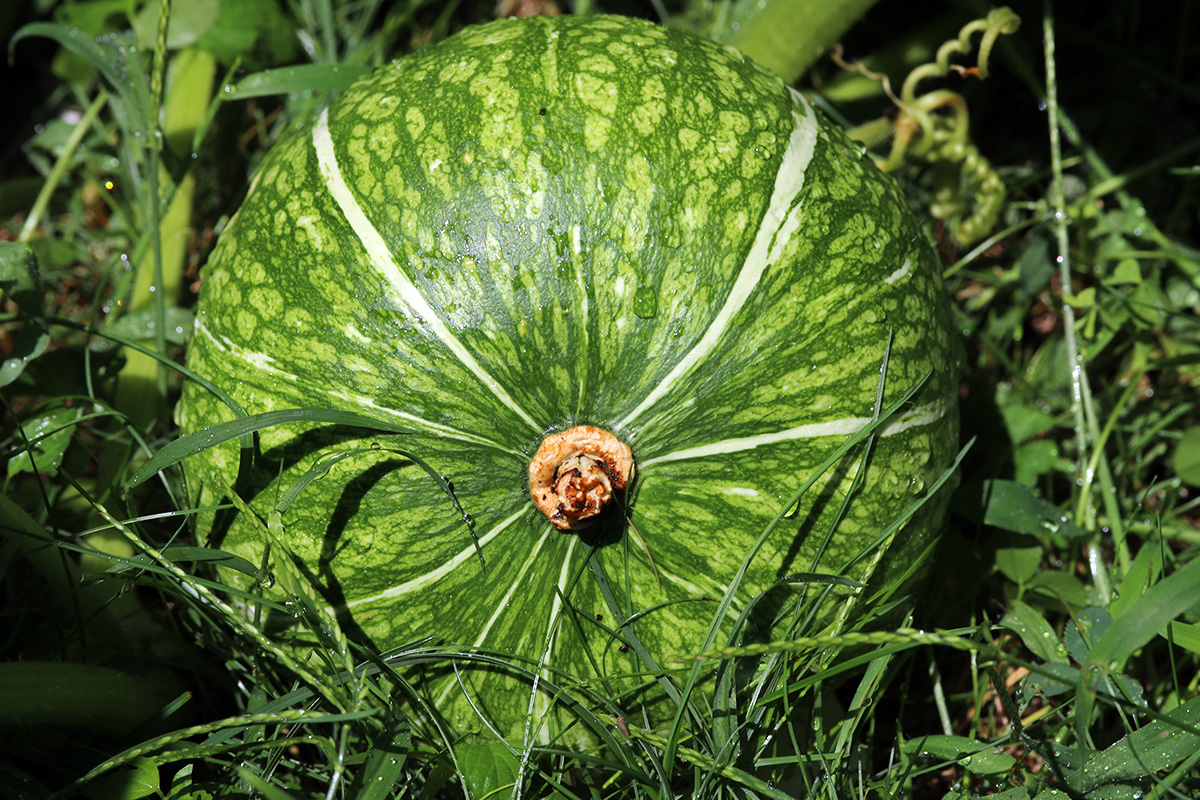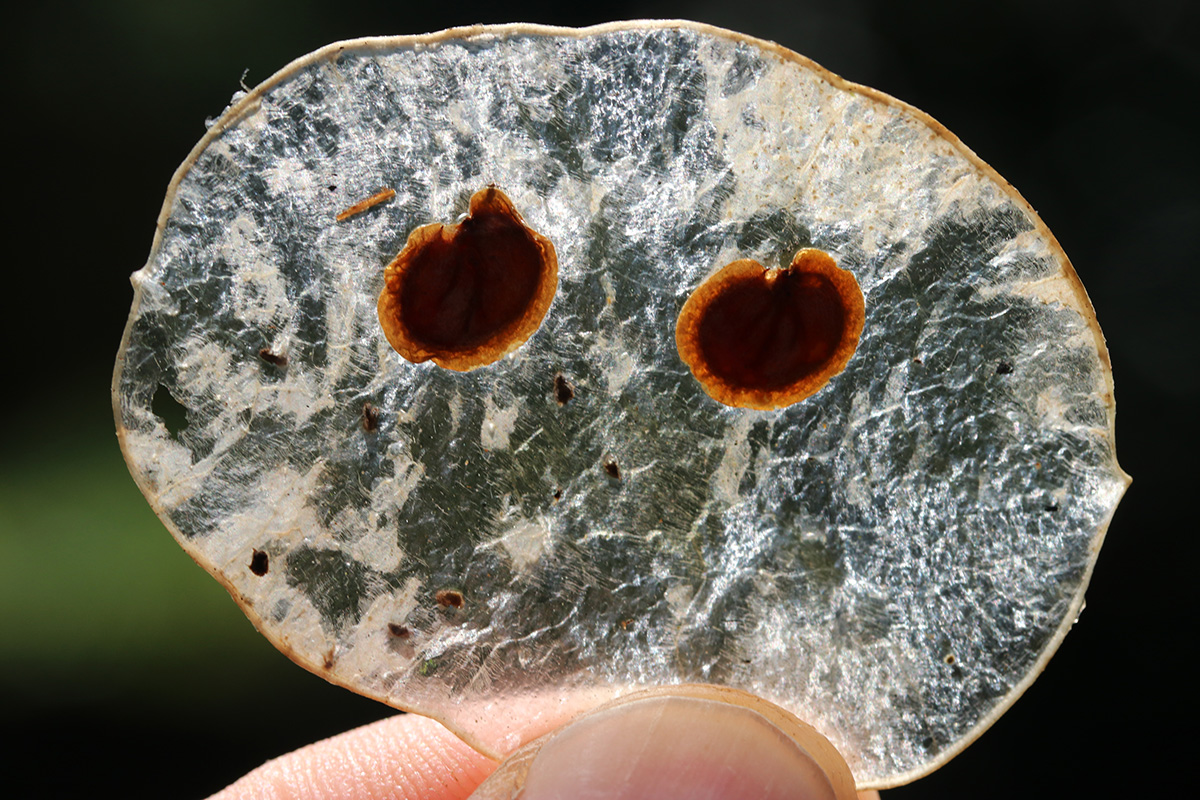i woke up early, renee's contractors starting their work by 7:30am. my window was opened but out of principle i didn't close it.
from the backyard web cam i could see that the lotus aerial leaf had started to unfurl. i decided to check it out for myself, as well as water the backyard in the meantime. i left by 10:30am.
the lone aerial leaf sure seems to be taking its time opening up. i suppose it takes a lot of energy to build up enough turgor pressure to unfurl that leaf. while i was examining the lotuses i also snipped off all the dead leaves, read that's okay once they go completely brown. while looking around, i noticed one furled leaf that was half poking out of the water. typically a coin leaf will do that before it opens up, but this one was poking out farther than normal, which made me think it was also an aerial leaf. i traced the stem and discovered it was coming from the same container as the first aerial leaf, except it was emerging from the bottom of the pot. it must've traveled at least 8 inches to reach the water surface; had it gone the normal route, it would've likely been an aerial leaf. that means this lotus plant is ready to be fertilized with a pond pellet.
i did another survey of the buttercup squashes:
the southeastern squash patch only has 2 squashes. this is an area that gets plenty of sun, so it's kind of a shame that it didn't produce more squashes. it was however attacked on several occasions by critters that nibbled off the tender terminal ends. now that we've blocked all the access points, maybe there's still a bit of time for this patch to make new vines and squashes. one of the southeastern squashes has a perfect cylindrical shape.
of the southern squash patch, a few smaller squashes (7,8) i saw over the weekend were now aborting, turning yellow. there are also vines that are climbing over the spiderworts and hostas, making a few squashes as well (5,6); those are kind of hard to keep track of and maybe we'll get a few surprise additions once the season is over. there are definitely 5 good squashes here (1,2,3,9,10), number 10 being the largest (and oldest) of all our buttercup squashes this season. whether any of the others will grow into mature squashes we'll see.
of the western squash patch there are two columns: left column closer to the raspberry bushes, which is composed of multiple plants; and the right column close to the perennial flower bed which is composed of a single plant sending out a long vine. none of the squashes on the right column seem to be able to mature, their fruits turning yellow, not sure why. and of the left column, all the mature squashes are located near the tip of the vines, zero squashes in the middle. of these, we can most likely harvest at least 4 mature squashes (2,3,4,5).
a subset of the western squash patch is the honeysuckle patch growing on top of the honeysuckle vines. of the 3 squashes on top, i saw that my father had snipped off the end of the climbing vine to conserve energy as well as removing the 3rd squash which last i saw had already turned yellow. these squashes are developing beautiful, but have a bell shape because they're growing suspended. the only danger is they're entirely dependent on the root stem, and if anything should happen down below (like squash vine borer), the entire vine will wither and die.
i clipped off a leaf from the honeysuckle patch when i noticed borer damage. it was right at the petiole such that i couldn't do a surgical removal and had to amputate the whole leaf. sure enough, a borer was hiding on the inside. i also picked off a few new SVB eggs from the honeysuckle squash leaves, i didn't realize adult SVB's are still active this late in the summer, makes fighting them even harder.
the squash plants along the southern edge of the yard seem to be suffering the most from borers, as their base stems are all scarred with borer damage. i want to cut them out to kill the worms inside, but i'm afraid of killing the plants in the process, although at this point the vines have put down enough secondary roots they're no longer dependent on the original stem. i'll take another look over the weekend, the more borers i destroy this season, the less of them showing up again next year. my strategy for next summer is to spray with Bt and wrap the base stems in aluminum foil.





